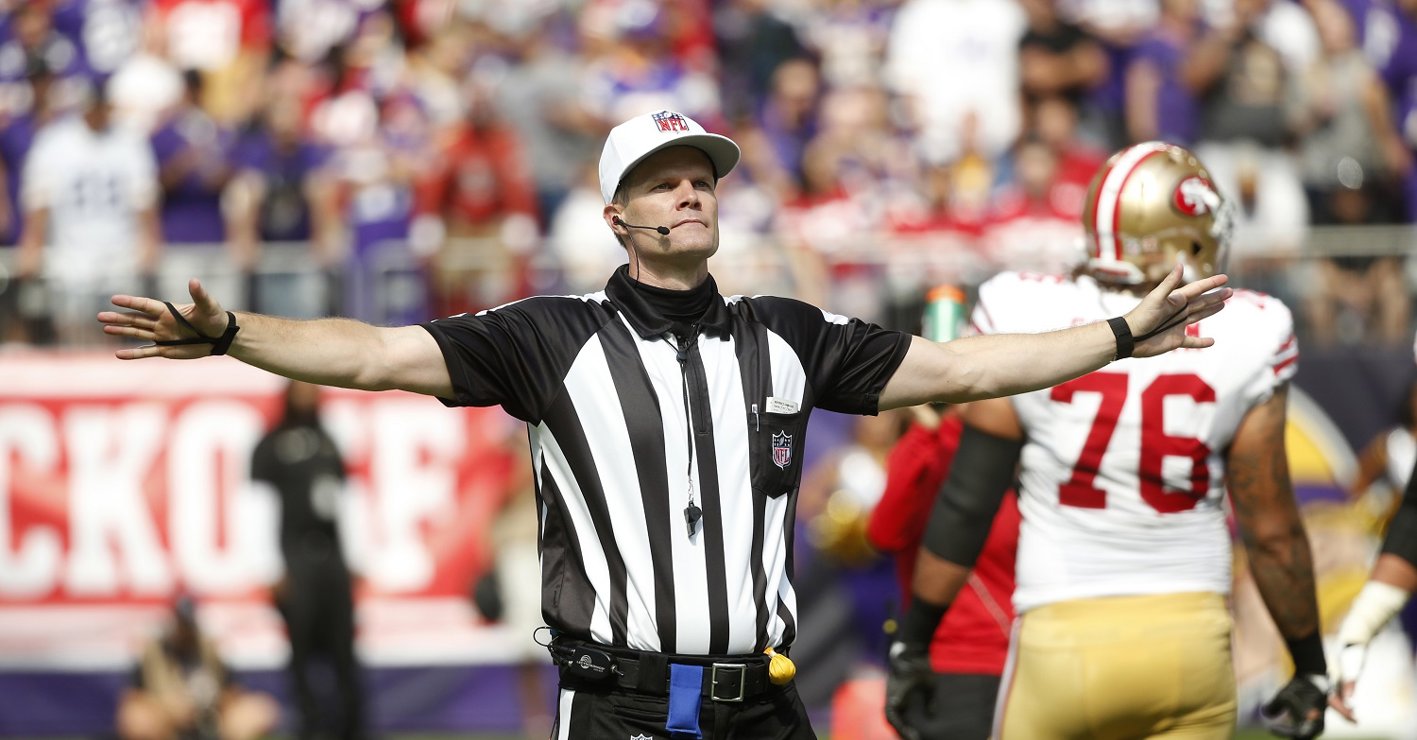The powers that be in college football are officially instituting a two-minute warning. The Athletic first reported the possibility of the NCAA rules committee adding a two-minute warning in February 2024. The rules committee already instituted a slew of changes prior to the 2023 season aimed at decreasing the length of college football games. The impact of those changes was tracked on this website and they did decrease game length at the FBS level by 4 minutes and FCS games by one minute compared to 2022. The number of plays per game also decreased.
The question becomes: why institute another stoppage when rules were added to prevent too many stoppages from occurring? The new rules will also change other infractions such as the 10-second runoff in the final two minutes, which occurs on penalties and injuries. Like the NFL, the two-minute warning would likely be used as a television break (more on that below). The main argument for instituting a two-minute warning is to shift stoppages and spread them out more evenly.
Thoughts
There were probably a few thoughts that came to mind immediately for most people when they read about this idea: college football is slowly becoming NFL-lite and the two-minute warning would be another commercial break opportunity. Let’s start with the commercial break idea. The original report said the two-minute warning could take the place of an already existing commercial/TV timeout and it’s been stated this wouldn’t add another commercial break. However…
Given the trajectory of CFB over the last decade, fueled in large part by the influx of television rights money, it’s fair for people to question the ulterior motives of a change that runs counter to the recently implemented timing rules. Check out the article on college football television deals since 1984 and it’s easy to see why people would jump to this conclusion. College football doesn’t make more money when there are fewer commercial breaks – the same breaks that allow the game to grow as large as it has financially.
Right or wrong, the skeptics share a valid concern. Even if the two-minute warning doesn’t add another TV timeout, what’s stopping the networks from extending the planned breaks? The Athletic had a separate report on how commercial breaks work and noted they are determined ahead of the season by each conference. Is it difficult to envision the possibility that the conferences adjust each commercial break time by 15 or 20 seconds? After what has transpired in college football in the last 10 years? Nothing prevents the conferences from changing the commercial break format in two or three years to appease the networks… the same networks who give the conferences a lot of money.
The narrative from the NCAA for this change is to prevent back-to-back timeouts… but that makes little sense considering there are plenty of stoppages during a college football game that could easily incorporate a TV timeout such as injuries, change of possessions, kickoffs/punts, touchdowns, and timeouts. Given how often those stoppages occur, there was never a reason to have back-to-back timeouts or the touchdown-timeout-kickoff-timeout-first down-injury-timeout sequence.
There is no denying that the NFL has impacted college football. After all, the NFL is the most-watched sport in the US so it would make sense for college football – the sport most similar to the NFL – to incorporate some aspects into its own rule book. In this case, adding a two-minute warning would feel like an unnecessary change because it’s not adding anything to college football. The rules were already changed to speed up the game and adding this rule would intentionally slow the game down.
Change is inevitable and college football has seen plenty of it in the last quarter century. The worst about the change isn’t that it happens, it’s how the change is sold. If college football wants to be a discount NFL, they can do that but the “leaders” should stop pretending that they care about anything other than money and power.
It’s almost as if college football doesn’t know what it truly wants to be, which makes sense considering the NCAA’s numerous issues that it kicked down the road for decades. This is the same NCAA comprised of the schools that play college football and are constantly realigning as they chase the top dollar. Is it really any wonder that college football turned into the chaotic charade it has? The NCAA fumbled the opportunity to prevent drastic changes years ago and now they’re facing the consequences of their own inaction.
Photo courtesy of Associated Press / Bruce Kluckhohn
